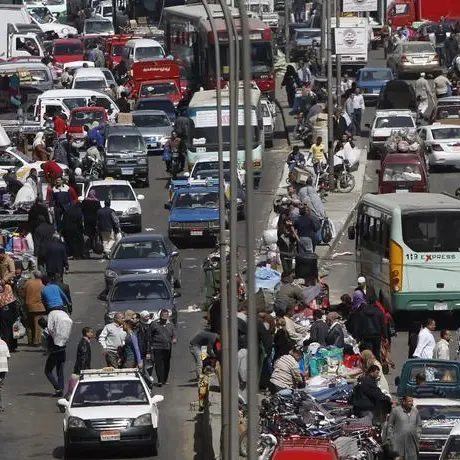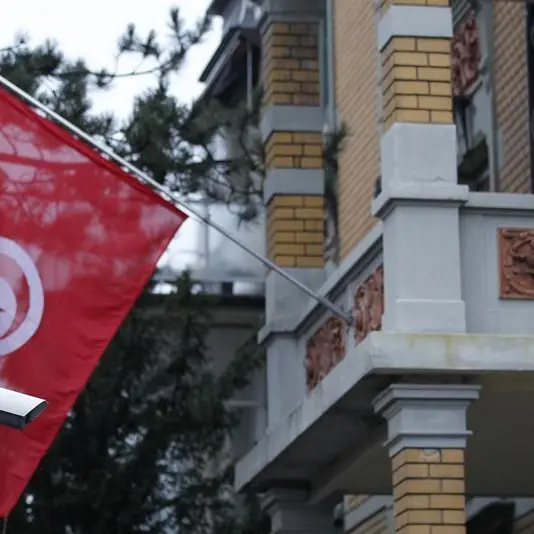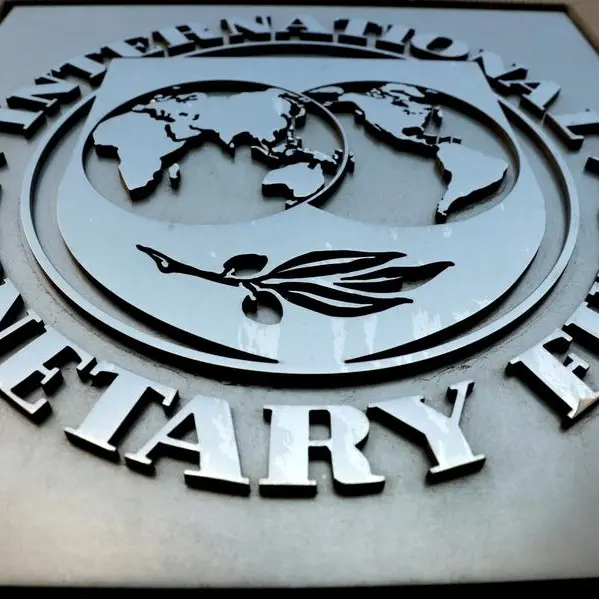PHOTO
A coronavirus mutation recently discovered in the UK has spread to other countries, including confirmed cases this week in the US, in Denver, Colorado. The emergence of this new strain is raising fresh questions about official approaches to preventing the spread of the pathogen.
The mutated version of the virus is thought to spread more easily than that original strain, although its effects are not thought to be any more severe or life-threatening. However, mutations still need to be carefully monitored, even if most turn out to be relatively benign.
The coronavirus disease (COVID-19) is believed to have initially crossed over to humans from animals. The spread of the disease back and forth between humans and animals will continue, perhaps persisting in animals after vaccines are available for humans. The reported spread of the virus to minks is an example of this. Since June, more than 200 cases of COVID-19 in humans have been traced to mink farms, suggesting that the virus spread from humans to mink and back again.
In November, Denmark reported 12 cases involving a unique strain of the virus linked to minks, with a cluster of variants that had not been seen before. Global concern about the outbreak prompted Danish Prime Minister Mette Frederiksen to order — in a heart-breaking scene — a cull of 17 million animals and announce a suspension of mink farming for the foreseeable future.
Fearing the new strain could spread beyond Denmark, many countries imposed stricter border controls on the country. Despite this, the variant spread to the US, decimating the mink industry in the state of Oregon.
Thousands of mutations have been identified worldwide in the coronavirus that causes COVID-19. Research shows that most are not a cause for concern. The vast majority of such viral mutations are likely to be neutral, meaning they are neither advantageous nor disadvantageous to the virus itself.
Disadvantageous mutations are good news for public health: They can disrupt the functioning of the virus, such as its ability to bind to and enter human cells, and so impair its ability to spread efficiently.
Still, mutations matter because they can affect our ability to recognize the virus and, ultimately, how we deal with it. Sometimes when a virus mutates, existing tests — and our immune systems — can no longer recognize it. Antigen tests based on one strain might not be able to detect new virus lineages or antibodies. Immune systems that encountered one viral strain may not recognize a new variety, which can make reinfection more likely.
This stark reality is cause perhaps for tempering the euphoria over the development and global rollout of COVID-19 vaccines. The emergence of mutations could potentially reduce the level of protection offered by vaccines and antibody treatments, all of which are based on the original strain.
The immunity generated by vaccines usually produces a complex response to many components of a viral protein, which means they are generally resilient to some mutation of the virus. However a strain that undergoes a large number of changes as it spreads can potentially avoid vaccine-activated immune responses designed to be triggered by the characteristics of the original strain of the virus.
The solution to limiting the problems caused by mutations is the same basic solution to limiting all of the health issues caused by the pandemic: We must adhere to public health guidelines designed to slow the spread of the virus.
Mutations occur through random processes and the chances of these occurring increase with the uncontrolled spread of the virus. In other words, mutations are less likely to happen when transmission rates are lower, among humans and other species. This in turn means there is less chance of newly developed vaccines becoming less effective. Still, mutations will continue to haunt the pandemic landscape as the vaccines are being distributed.
US President Donald Trump’s Operation Warp Speed vaccination program has failed to reach its stated goal of having 20 million Americans vaccinated by the end of December. As we start a new year, we are going to see an increase in both the spread of the virus and the planned rollout of vaccinations. Initially, priority will continue to be given to certain groups of people, including key personnel such as medical staff and others front-line workers, so that the general population can then begin to receive treatment as more vaccine doses become available.
During the first week of distribution of the Pfizer-BioNTech vaccine in mid-December, governors in some US states reported that they were receiving fewer doses than expected. This came just days after members of the Operation Warp Speed team insisted they would be able deliver enough vaccines to vaccinate 20 million people by the end of the year. Instead, the logistical process has been marred by stumbling and bumbling.
When Joe Biden moves into the White House, his administration will have to hit the ground running with its response to the pandemic and enhancement of the vaccination program. The US is already way behind the curve, given that the virus continues to spread out of control in many parts of the country and the resultant damage this is causing to communities across the country.
It is good to see that the president-elect appears to be selecting the best possible people to address the COVID-19 pandemic in the middle of this “Dark Winter,” as Biden himself described this crucial period of time several months ago.
- Dr. Theodore Karasik is a senior adviser to Gulf State Analytics in Washington, D.C. He is a former RAND Corporation senior political scientist who lived in the UAE for 10 years, focusing on security issues. Twitter: @tkarasik
Copyright: Arab News © 2020 All rights reserved. Provided by SyndiGate Media Inc. (Syndigate.info).












